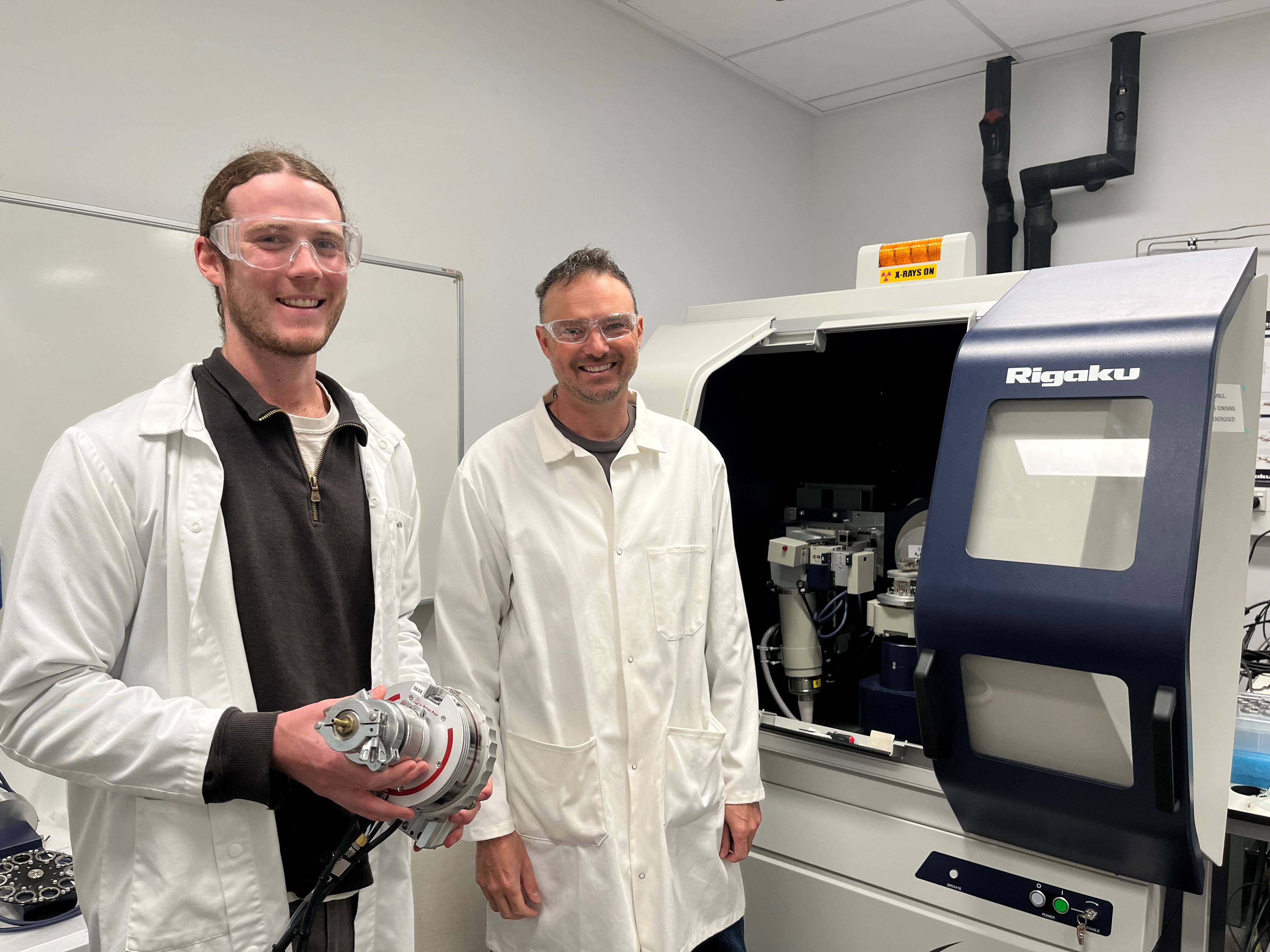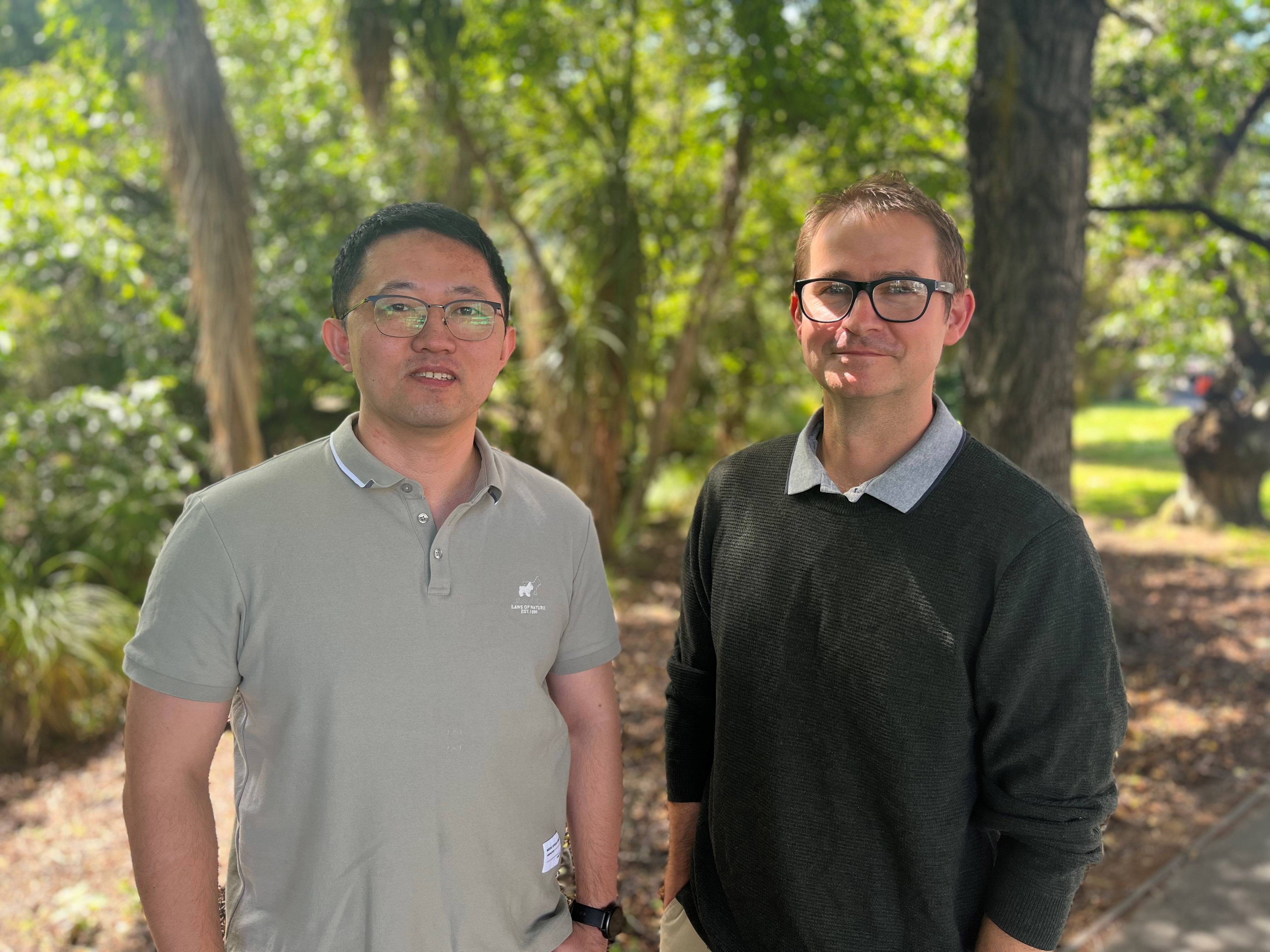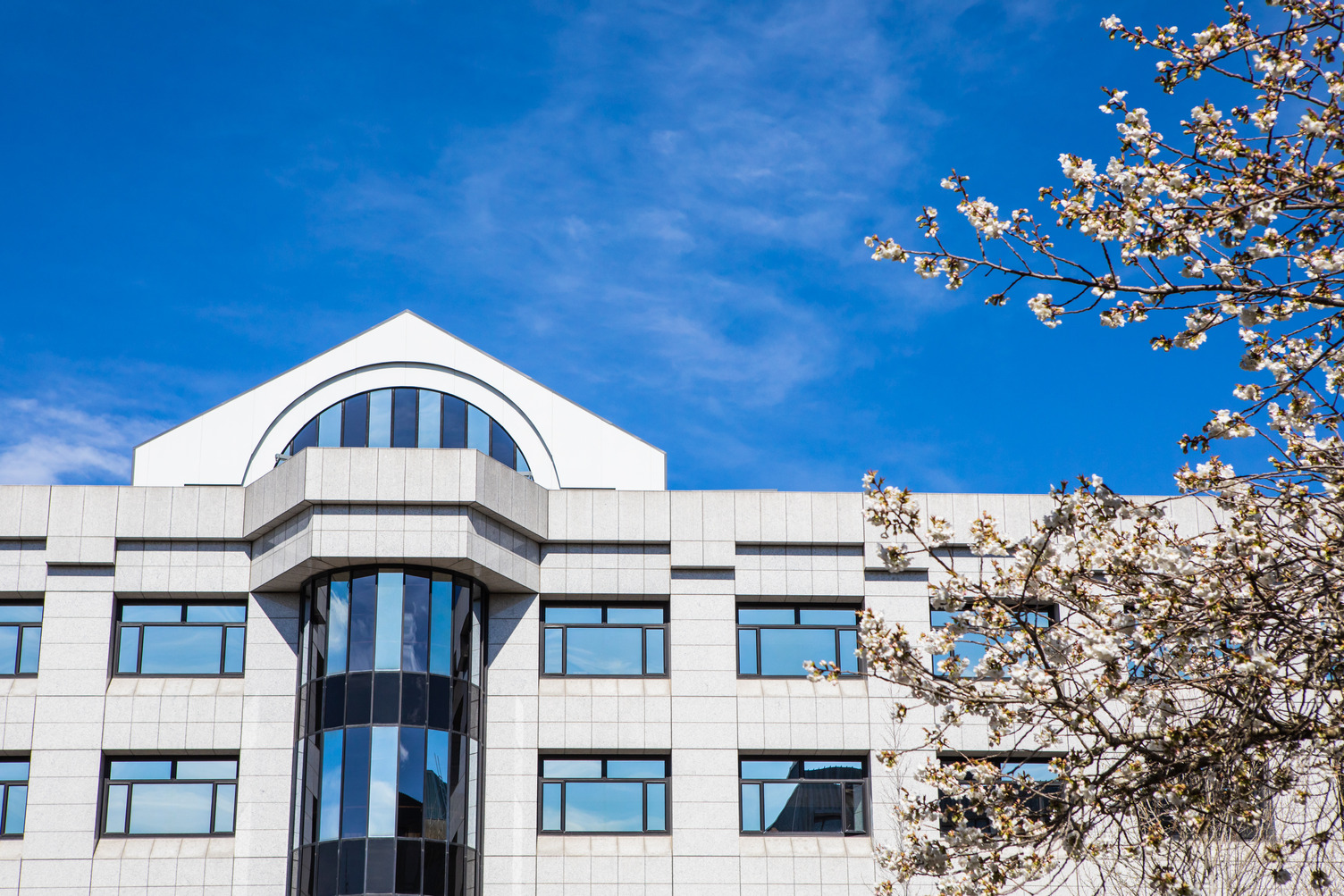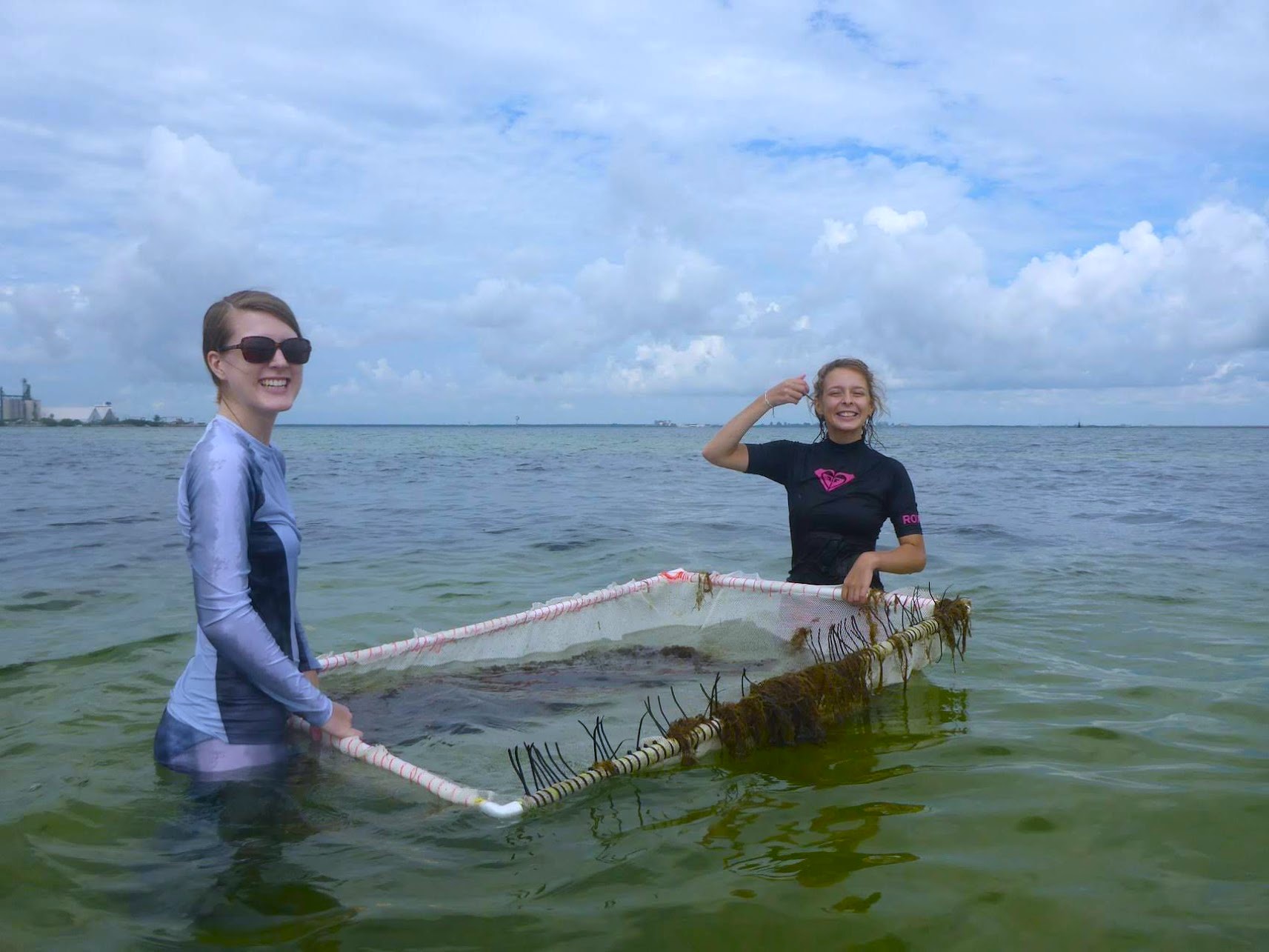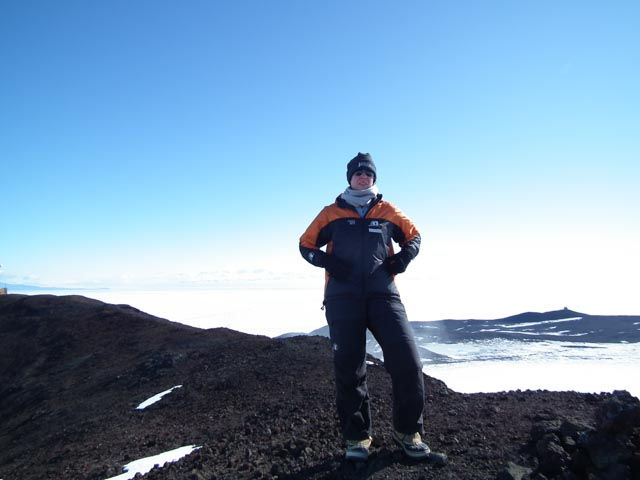Microplastics research in Aotearoa New Zealand originated at the University of Canterbury.
Less than 5mm (or half a centimetre) in diameter, microplastics are classed in two categories; primary microplastics are those designed to be small, like microbeads or glitter, while secondary microplastics are formed in the environment as larger plastic items break down. This can include fibres released from textiles and clothes during washing.
For Plastic Free July, we sat down with the University of Canterbury’s leading microplastics researchers, Professor Sally Gaw and Dr Laura Revell, to discuss the impact microplastics can have and are having on our environment, and what could happen if we don’t act now.
Where nature and knowledge collide, University of Canterbury researchers are building Sustainable Futures. Throughout July, we are sharing some of the innovative research University of Canterbury academics are creating to grow society’s understanding of the natural world and shape a sustainable future for generations to come. He Kaitiaki tatou katoa – We will enhance and nurture our resources.
See University of Canterbury research building towards a Sustainable Future.
The University of Canterbury is proud to host the EnviroPAST conference on its Ilam campus this week. For-youth, by-youth, the two-day conference aims to inspire, educate and challenge our young people to make positive environmental chance, with a focus on plastic pollution. See here for more>

